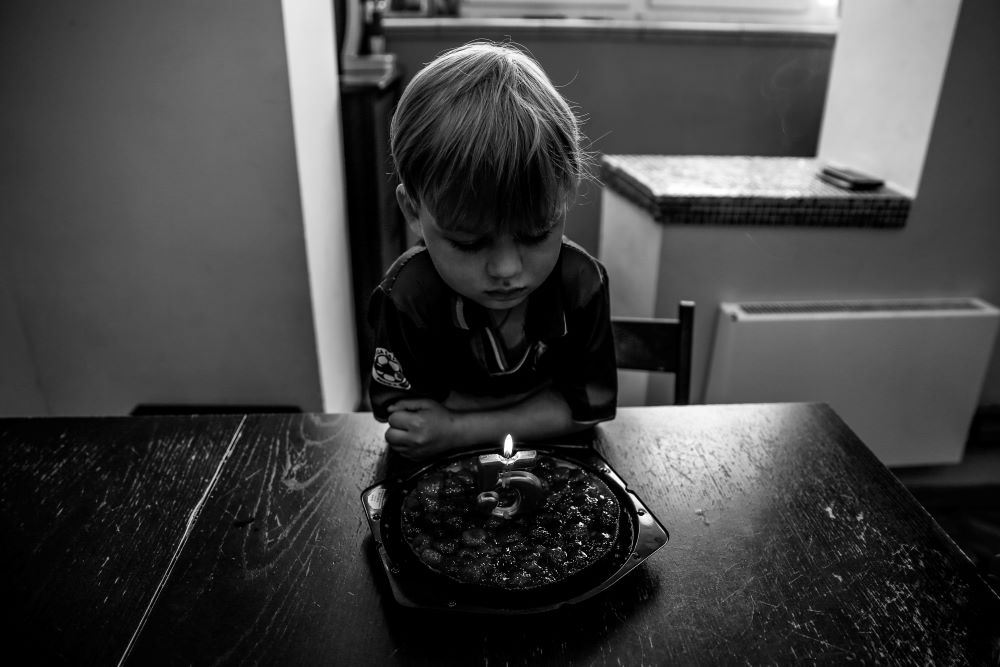Every survivor of childhood sexual abuse deserves justice. Yet, many face legal barriers limiting fair compensation and accountability.
Damage caps in childhood sexual abuse civil lawsuits limit the amount of sexual abuse compensation survivors can receive for their non-economic damages, such as their pain and suffering. These caps often prevent fair compensation, making it harder for survivors to get the support they need to heal.
Fair compensation is crucial as it helps cover therapy, medical costs, and other necessities. It also holds perpetrators and negligent institutions accountable, ensuring they face the consequences of their actions. Removing or raising these caps is essential to providing justice and the support survivors need in their recovery journey.
Definition and Purpose of Damage Caps
Damage caps are legal limits placed on the amount of money that victims can be awarded for their suffering. These caps typically apply to non-economic damages, which include compensation for pain and suffering, emotional distress, and loss of enjoyment of life, rather than economic damages like medical bills and lost wages.
The intended purposes of damage caps in childhood sexual abuse lawsuits include:
- Controlling Insurance Costs: Damage limitations help keep insurance premiums more predictable and affordable for institutions and organizations.
- Preventing Excessive Awards: Caps prevent juries from awarding excessively high sums in non-economic damages, which some believe can be unpredictable and potentially unfair.
- Encouraging Settlements: Knowing there is a limit on potential awards can encourage both parties to settle out of court, saving time and legal expenses.
- Stabilizing Legal System: Caps aim to create more consistency in awards, reducing the variability in compensation for similar cases and promoting a sense of fairness in the legal system.
- Protecting Defendants: Especially for smaller organizations or individuals, caps can prevent financial ruin from extraordinarily high damage awards.
While damage caps might be meant to prevent excessive lawsuits, they can end up causing further harm to survivors of childhood sexual abuse by limiting their access to justice and necessary resources for recovery.
Impact of Damage Caps on Survivors of Childhood Sexual Abuse
Damage caps in childhood sexual abuse cases can severely impact survivors by restricting their financial compensation in several critical ways.
Inadequate Compensation for Trauma
The emotional and psychological impact of childhood sexual abuse can be profound and long-lasting. Damage caps often prevent survivors from receiving compensation that adequately reflects the severity of their trauma.
Insufficient Coverage for Medical Expenses
Survivors often require extensive and ongoing medical and psychological treatment, including therapy, counseling, and sometimes medication, to support their recovery from childhood sexual abuse. With damage limits, the compensation may not fully cover the necessary medical expenses or account for future costs related to their recovery and well-being.
Discouragement from Seeking Justice
The substantial financial and emotional costs associated with lawsuits may outweigh the limited potential benefits, leading survivors to believe the effort and potential re-traumatization aren’t worthwhile. This creates a significant barrier to justice, preventing many survivors from holding perpetrators accountable and obtaining the closure they need.
Undermining the Perception of Justice
Caps undermine survivors’ perception of justice, suggesting the legal system does not fully acknowledge the severity of their suffering. This can intensify feelings of helplessness and injustice.
Legal and Ethical Concerns
Damage caps in childhood sexual abuse cases carry significant ethical implications, often undermining the justice process and the rights of survivors. Society has a moral responsibility to protect and support survivors of childhood sexual abuse. However, compensation limits undermine this responsibility by prioritizing financial considerations over the well-being and rights of survivors. The legal system should be a source of support and validation for survivors, not an additional barrier to their healing.
One of the purposes of awarding substantial damages in cases of severe misconduct is to serve as a deterrent to future wrongdoing. By imposing caps, the legal system reduces the financial consequences for perpetrators and responsible institutions, potentially diminishing the deterrent effect and risking the recurrence of such abuses.
Furthermore, compensation caps restrict the ability of judges and juries to award compensation that accurately reflects the severity of a survivor’s trauma. This limitation on judicial discretion prevents the legal system from fully considering each case’s unique circumstances and impact, leading to potentially unjust outcomes.

Legally, the goal of compensatory damages is to make the victim whole. Damage caps can prevent survivors from receiving fair compensation that covers the full extent of their suffering, medical expenses, and ongoing psychological treatment. This undermines the fundamental legal principle of equitable restitution for harm done.
Joanne Doroshow, Executive Director of the Center for Justice & Democracy, emphasizes that damage caps disproportionately impact the most severely injured plaintiffs, who need the highest compensation for their lifelong needs. This results in unjust outcomes that fail to address the true extent of the harm suffered. She argues that caps mainly harm women, children, and seniors, who often rely more heavily on non-economic damages for compensation. Such caps ultimately benefit insurance companies at the expense of those who have suffered significant losses.
Advocacy and Legal Reforms
Advocacy efforts in the US aimed at eliminating or raising damage caps to support survivors of childhood sexual abuse are actively pursued by various organizations and lawmakers.
Several states have seen proposed legislation aimed at either eliminating or significantly raising damage caps for survivors of childhood sexual abuse. For example, in June 2024, the Massachusetts Judiciary Committee reviewed House Bill 1446, which aims to lift a $20,000 “charitable immunity” limit in child sexual and physical abuse cases against nonprofits.
Additionally, organizations such as Child USA, Survivors Network of Those Abused by Priests (SNAP), and the National Center for Victims of Crime actively lobby for legislative changes at both the state and federal levels. They work to raise awareness about the impact of damage caps on survivors and advocate for reforms that prioritize survivor rights and sexual abuse compensation.
Advocacy groups often form coalitions with legal experts, lawmakers, and other stakeholders to strengthen their advocacy efforts. These coalitions work towards impactful legislative changes and policy reforms by pooling resources and expertise.
Several states have taken steps to reform or eliminate damage caps specifically related to childhood sexual abuse cases, recognizing the unique and severe nature of these offenses. They include:
- New York: The Child Victims Act, passed in 2019, allowed survivors of childhood sexual abuse to file lawsuits against their abusers and institutions without restrictive damage caps, providing a one-year look-back window for older cases.
- New Jersey: New Jersey enacted legislation in 2019 that extended the statute of limitations for childhood sexual abuse cases and included a two-year window for survivors to file lawsuits without damage caps.
- Hawaii: Hawaii revised its laws in 2012 to extend the statute of limitations for civil lawsuits related to childhood sexual abuse, allowing survivors more time to seek legal recourse without damage caps restricting compensation.
- Minnesota: Minnesota removed damage caps for childhood sexual abuse cases in 2013, allowing survivors to seek compensation for damages without arbitrary limits.
Conclusion
Every survivor of childhood sexual abuse deserves justice. Yet, many face legal barriers limiting fair compensation and accountability. Let’s advocate for legislative reforms to remove damage caps in childhood sexual abuse cases and strengthen protections for survivors. Contact sexual abuse lawyers, raise awareness, and support survivor advocacy groups. Together, we can ensure justice and support for all survivors.
Resources for Survivors Seeking Legal Assistance and Support
- Department of Justice (DOJ) – Office on Violence Against Women (OVW) https://www.justice.gov/ovw
- National Child Traumatic Stress Network (NCTSN) https://www.nctsn.org
- RAINN (Rape, Abuse & Incest National Network) https://www.rainn.org National Sexual Assault Hotline
- Survivors Network of those Abused by Priests (SNAP)
- National Center for Victims of Crime (NCVC)
- State and Local Bar Associations


Join the conversation!